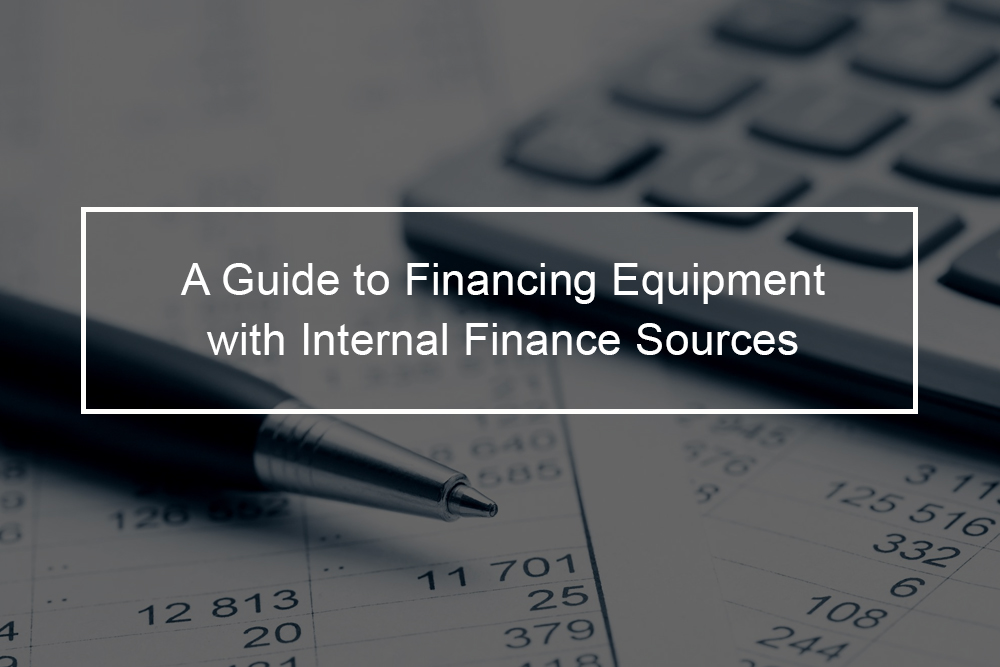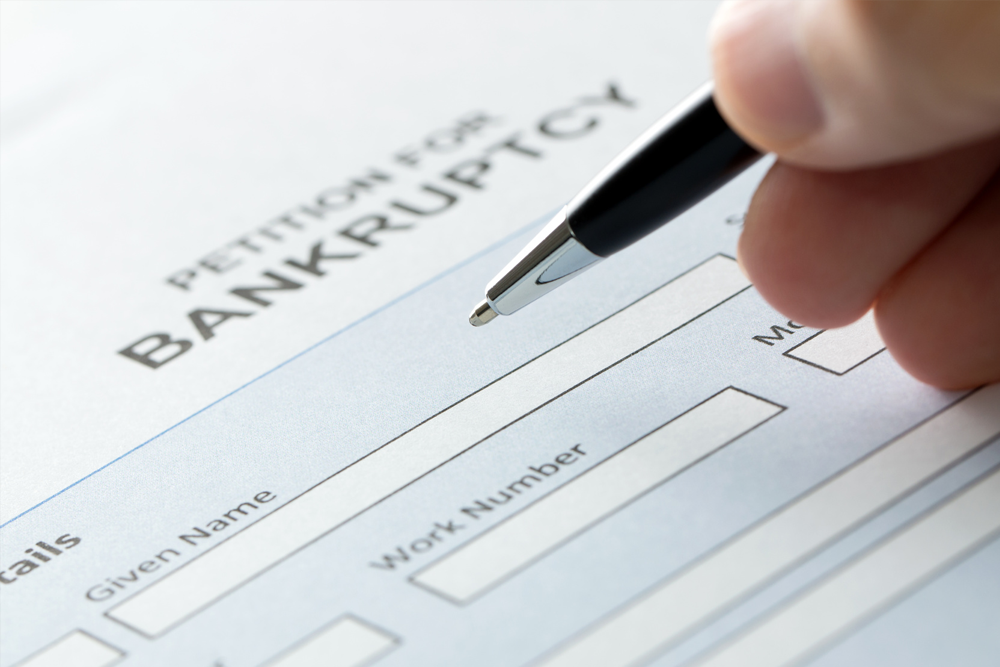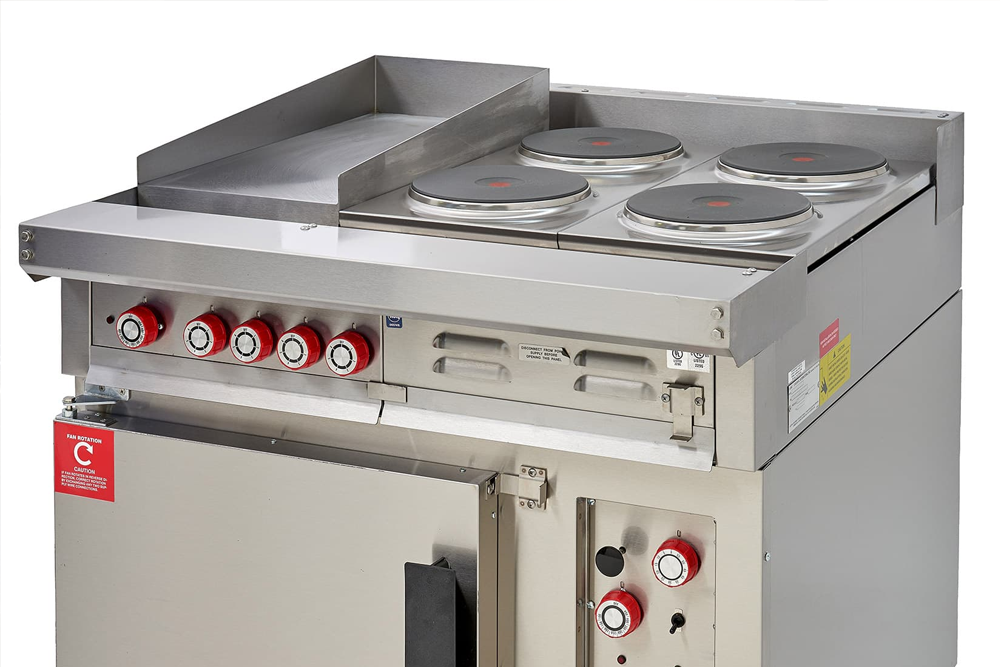Small-business owners are no strangers to threats and opportunities that require capital; they sometimes can not raise from external sources. During these periods, they must look for internal sources of funding to keep their businesses afloat or make excessive use of an opportunity that can significantly improve their profits and sales. Understanding basic forms of internal financing options will help you create a Plan B if you ever need money, for example, to buy equipment and not get an outside lifeline.
How internal financing can fund your equipment?
When a business looks to raise capital to finance a piece of equipment, it has two options: seeking internal financing or finding external funding. External funds are offered by venture capitalists, banks, and other investors. Internal financing comes from the sources within the company that are easily accessible. It is simple and saves a lot of effort that would have otherwise gone into raising capital from external sources.
When buying equipment, internal financing is the preferred means of raising money for businesses that want to remain debt-free or are unwilling to pay heavy interest rates on the raised capital. Here are sources of internal financing that a business can turn to when buying equipment.
Asset sales
If you have computers, machinery, inventory, or other assets you can sell faster, you can immediately raise cash to buy the equipment you need. You may have to sell assets below market value to get money quickly. In some cases, you might eventually need an asset you are considering selling when you get back on your feet. Sometimes, it is worth it to sell an asset even though you have to replace it at a higher cost later. Based on how old an asset you sell is, you can depreciate the new asset enough to make the sale and new purchase less burdensome. Consider a sale-and-leaseback agreement that enables you to get cash for an asset but allows you to keep on using it to make your product or operate your business. Your business is also an asset — if necessary, considering selling part of your company to an investor or taking on a partner to get cash in.
Investments
If your business has done well enough that you have invested your excess cash rather than let it sit in a checking account, you can utilize that money to purchase the equipment you need. Ensure you know what penalties you might have for the early withdrawal of your funds. If you are seeking internal funding because you do not want to pay interest on outside loans, calculate how much potential gain you will lose by liquidating an investment vs. how much interest you will pay on a credit card purchase or loan.
Retained earnings
When buying a piece of equipment, the most obvious source of internal financing is using cash you have got on hand from the sale of your services or products. This does not include amounts you should set aside to pay your bills. In some scenarios, you can negotiate delayed payments with creditors to enable you to use that cash. If you do not depreciate your assets, you can talk to a tax accountant about doing so. This will help you lower your income tax liability and let you use some money you have set aside for tax payments for financing needs.
Prepayments and receivables
If you have slow receivables, consider providing a discount to get them in faster. If you have clients you know will be ordering from you in the future, provide them a discount on future purchases if they prepay. Reach out to a factoring company to discuss selling your receivables. Factors usually purchase receivables at a significant discount but are a viable option in an emergency case, like when you cannot complete a task without specific equipment.
Inventory liquidation and sales
Another way to finance your equipment purchase without borrowing is to liquidate inventory or create more and sell it quickly. This usually requires discounting your product or service to increase sales and revenues. Creating new inventory to sell cheaply and faster might require you to use some of your cash and credit to generate your product. Selling stored inventory in bulk allows you to reduce transactions and related selling costs. Rather than thinking of a bulk sale of $11,000 worth of inventory for $7,500 as a $3,500 loss, calculate the financial benefit you get from the equipment from using that $7,500.
Personal loans
Based on how your company is structured, making a personal loan to your business is considered a source of internal financing. This is more true if you are doing business as, rather than if you are incorporated. If the business is closely held, a sole owner or several partners often consider personal loans as internal funding.
Reduction of working capital
This is the least utilized source of internal financing to fund equipment purchase but can be used if a firm requires it immediately. Speeding up the cycle of accounts, receivables provides cash faster. Apart from these sources, personal savings and employee contribution can also be used for internal financing of equipment.
Advantages of internally financing your equipment
Some of the benefits of using your internal finance sources to fund your equipment purchase
More Ownership
The more a company depends on external funding sources, the more it is likely to be at risk of losing ownership rights. If you finance equipment with the help of venture capital, the investors will want an ownership stake and voting rights, rather than just settling for profits. If you consider equipment financing secured by your assets, the equipment financing company will own your assets if you default on the loan. If the equipment financing company agrees not to seize your company’s assets, they might demand ownership in return. The more shares you issue to raise money, the less will be your ownership stake. Internal financing prevents a company from sharing or selling its ownership rights.
Greater Control
Based on the kind of external financing, you might have to give some form of control of your company when you opt for external sources of funding. You might have to provide voting rights or a seat on the board, which might lower your decision-making powers. Banks might degrade your credit rankings in the event of loan default and would demand bringing in a consultant for further credit approval. Internal financing prevents you from sharing the control and rights of your company to external entities.
Lower Interest
External financing for equipment mainly involves payment of some form of dividend or interest, increasing the overhead costs, and reducing profit levels. Internal financing of equipment prevents you from paying high rates of interest or dividends.
Better company value
A firm with low debt is more attractive to potential investors. Low external debt improves your business’s credit ranking and offers several options for raising capital in the future. You might consider depreciating equipment to finance operations. This will lower your tax obligations and will show potential investors a lower rate of tax.
Disadvantages of internally financing your equipment
Internally financing your equipment has its shortcomings
Hinders capital needs
The main challenge with internal financing is that when you allocate money from your operational capital to finance equipment, it leaves the business with less money to operate efficiently daily. Typically internal financing for new projects can distort the overall budget of a company. As a result, small projects and investments, with low capital requirements and offering swift returns on investment, are preferred for internal financing.
Knowledge requirements
Assessment of the equipment purchase’s true costs and return on investment should be accurate when a company decides to use internal financing. This evaluation also requires proof that the revenue justifies this investment. This calculation’s precision is based on how well the company can predict trends, costs and manage the budget’s set outline. When a business applies for external financing sources, these figures and calculations are closely inspected by creditors to avoid bad debts and evaluate the project’s feasibility. Internal financing often lacks secondary auditing, so auditing by a third party can be considered.
Tax benefits
External financing offers tax benefits that internal financing does not. The interest paid by a company on external debt is tax-deductible, as is the depreciation of any asset bought from external debt. This is why bigger firms tend to have higher external financing levels or debt in their capital structure. Internal financing provides no such tax deductions.
Discipline
Internal financing for equipment may lead to a lack of discipline because there is no obligation on the management to utilize the capital to its utmost potential. A company can become inefficient and even self-satisfied unless the investment, budget, and the increase in revenue generated from a project are strictly monitored. This monitoring is typically required if a company takes a loan or utilizes any external source of financing.
When buying equipment, internal financing is a good option for quick access to cash and freedom; however, it has some limitations attached to it. A business might consider external sources first before looking at internal sources of finance.













